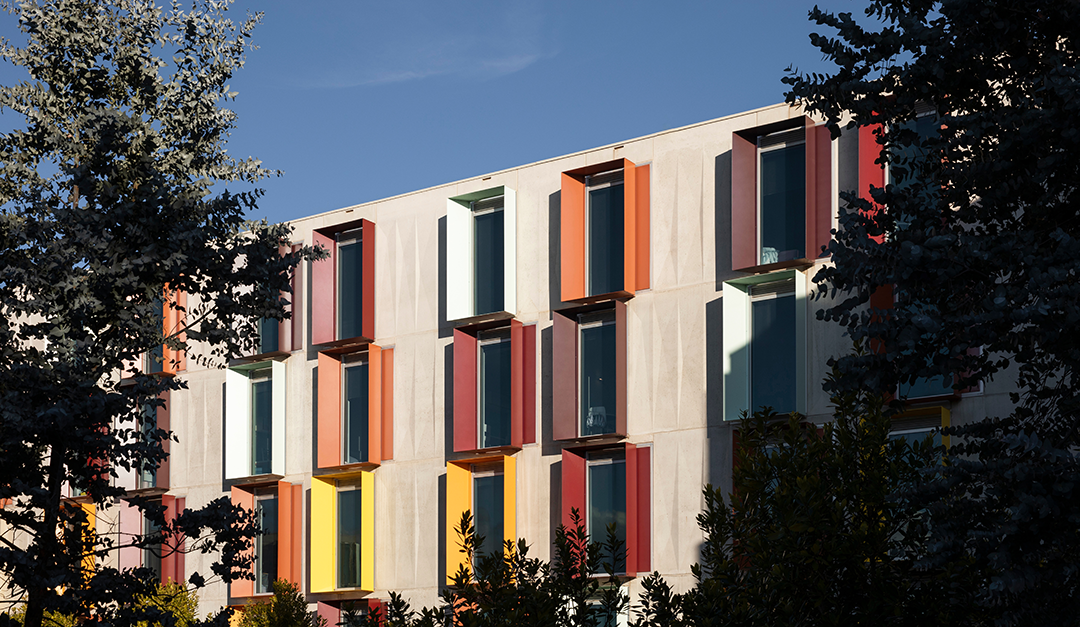On 10 February 2023, the NSW Court of Appeal, consisting of Ward P, Kirk JA and Griffiths AJA, delivered the decision of Roberts v Goodwin Street Developments Pty Ltd [2023] NSWCA 5 (Roberts v Goodwin), confirming the earlier Supreme Court decision that the statutory duty of care prescribed by s 37 of the Design and Building Practitioners Act 2020 (NSW) (Design Act) applies not only to class 2 buildings, but also to the construction of any ‘building’ within the meaning of the Environmental Planning and Assessment Act 1979 (NSW) (EPA Act).
The effect of the Supreme Court’s decision at first instance remains the same, although the Court of Appeal adopted a different interpretation of how the general definition of ‘building work’ in s 4(1) applies to the inclusive definition of ‘building work’ in s 36(1) of the Design Act.
Developers and builders should be aware that the statutory duty of care under the Design Act operates retrospectively, meaning that it extends to construction work carried out before the commencement of Part 4 of the Design Act. The decision in Roberts v Goodwin is important reminder for persons who carry out ‘building work’ to be vigilant of how and when they may owe a duty of care under the Design Act.
A link to our earlier article exploring the Supreme Court decision can be found here: https://www.projectlawyers.com.au/2022/06/07/the-nsw-supreme-court-finds-that-the-design-and-building-practitioners-act-2020-nsw-applies-to-buildings-other-than-class-2-buildings-and-representatives-of-const/.
Background
The appellant, Daniel Roberts (Roberts), was the sole director of a building company, known as DSD Builders Pty Ltd (DSD), which is now in liquidation. DSD entered into a building contract with the respondent, Goodwin Street Developments Pty Ltd (Goodwin) for the construction of student accommodation at a site owned by Goodwin in Jesmond, New South Wales.
The primary judge, Stevenson J, found between 2 March 2018 and 19 March 2018, Roberts entered the site and maliciously damaged the buildings, including by making saw cuts through structural beams, drilling holes in water pipes and even rendering power cables unserviceable. On 19 March 2019, Goodwin terminated the building contract and thereafter commenced proceedings against DSD, with Roberts joining as the second defendant to the proceedings.
The proceedings against DSD were stayed after it went into liquidation but the claims against Robert remained for breach of statutory duty of care under Part 4 of the Design Act and for trespass and conversion to the building works.
The primary judge found Roberts liable to Goodwin for breach of statutory duty of care and in so doing, his Honour held that the definition of ‘building work’ when used in Part 4 of the Design Act includes building work relating to a boarding house.
Following the Supreme Court’s decision, Roberts appealed to the NSW Court of Appeal on three grounds. The third ground being whether the primary judge erred in finding that a boarding house, a non-class 2 building, was a ‘building’ to which the statutory duty of care under s 37 of the Design Act applied.
Judgment
In a unanimous decision, this ground of appeal was dismissed, with all three judges (Kirk JA and Griffiths AJA, Ward P) reaching the same conclusion as the primary judge, although via a different interpretation of the relevant sections of the Design Act.
The provision at the heart of this appeal was the statutory duty of care in s 37, which applies to a person who carries out ‘construction work’. That notion, which is defined in s 36(1), is defined in various ways by reference to ‘building work’. That term itself is defined in s 36(1), in an inclusive way, and in s 4(1) in a general way.
Four different constructions for the two definitions of ‘building work’ were identified during the appeal. The Court of Appeal favoured the fourth construction which was said to best give effect to the text, context and purpose of the relevant sections of the Design Act.
That construction is as follows:
- The general definition in s 4(1) applies to the inclusive definition of ‘building work’ in s 36(1), only in respect of identifying the type of work undertaken (i.e. construction of a building; making of alterations or additions to a building; and the repair, renovation or protective treatment of a building);
- The definition of ‘building’ in s 36(1) applies to the general definition in s 4(1) insofar as identifying the type of building the work is undertaken on (i.e. class or type of building).
An important consideration for the Court of Appeal was s 36(2), which limits the definition of ‘building work’ to a ‘building’ within the meaning of Part 4. The type of ‘building’ to which Part 4 applies is defined by reference to the EPA Act. This is consistent with the intention of Parliament to expand the coverage of Part 4 by inserting two definitions of ‘building’ and ‘building work’. The consequence is that the type of building to which the statutory duty of care applies may be different from those the subject of building work in other parts of the Design Act.
The Court of Appeal also observed that the definition of ‘building work’ in s 36(1) is not to be construed as an exhaustive definition. Rather, the reference to ‘residential building work’ within the meaning of the Home Building Act 1989 (HB Act) simply makes clear that such work constitutes ‘building work’ for the purposes of s 36(1). In other words, just because a boarding house is not a ‘dwelling’ under the HB Act, does not mean falls outside the ambit of s 37.
Implications
The broad application of the duty of care adopted in this case serves to remind those who carry out ‘building work’ to be aware of the implications their actions may have under the Design Act. This case reaffirms that the duty of care contained in s 37 applies to all buildings under the EPA Act, and not just works that are classified as class 2 buildings.
The contents of this publication are for reference purposes only. This publication does not constitute legal advice and should not be relied upon as legal advice. Specific legal advice should always be sought separately before taking any action based on this publication.
Liability limited by a scheme approved under Professional Standards Legislation.
Author: Maysaa Parrino, Matt Armota & Ericka Pham


